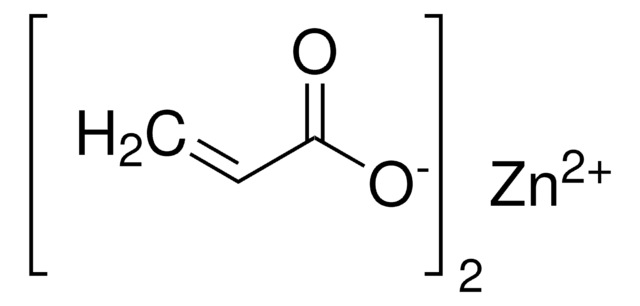552348
2-Carboxyethyl acrylate
contains 900-1100 ppm MEHQ as inhibitor
Sinónimos:
β-(Acryloyloxy)propionic acid, β-Carboxyethyl acrylate, 3-(Acryloyloxy)propionic acid, 3-Acryloyloxypropanoic acid, Acrylic acid 2-carboxyethyl ester, Acrylic acid dimer
About This Item
Productos recomendados
contiene
900-1100 ppm MEHQ as inhibitor
Nivel de calidad
índice de refracción
n20/D 1.457 (lit.)
pH
2.95 (10 wt. % in H2O)
bp
103 °C/19 mmHg (lit.)
solubilidad
H2O: soluble
densidad
1.214 g/mL at 25 °C (lit.)
temp. de almacenamiento
2-8°C
cadena SMILES
OC(=O)CCOC(=O)C=C
InChI
1S/C6H8O4/c1-2-6(9)10-4-3-5(7)8/h2H,1,3-4H2,(H,7,8)
Clave InChI
CYUZOYPRAQASLN-UHFFFAOYSA-N
Categorías relacionadas
Aplicación
Características y beneficios
Palabra de señalización
Danger
Frases de peligro
Clasificaciones de peligro
Eye Dam. 1 - Skin Corr. 1B
Código de clase de almacenamiento
8A - Combustible corrosive hazardous materials
Clase de riesgo para el agua (WGK)
WGK 3
Punto de inflamabilidad (°F)
230.0 °F - closed cup
Punto de inflamabilidad (°C)
110 °C - closed cup
Equipo de protección personal
Faceshields, Gloves, Goggles, type ABEK (EN14387) respirator filter
Elija entre una de las versiones más recientes:
¿Ya tiene este producto?
Encuentre la documentación para los productos que ha comprado recientemente en la Biblioteca de documentos.
Los clientes también vieron
Global Trade Item Number
| Número de referencia del producto (SKU) | GTIN |
|---|---|
| 552348-500ML | 4061837408397 |
| 552348-50ML | 4061832581903 |
Nuestro equipo de científicos tiene experiencia en todas las áreas de investigación: Ciencias de la vida, Ciencia de los materiales, Síntesis química, Cromatografía, Analítica y muchas otras.
Póngase en contacto con el Servicio técnico







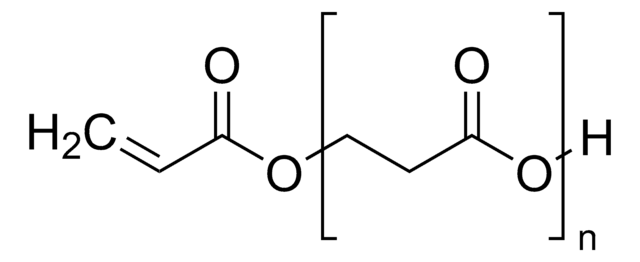
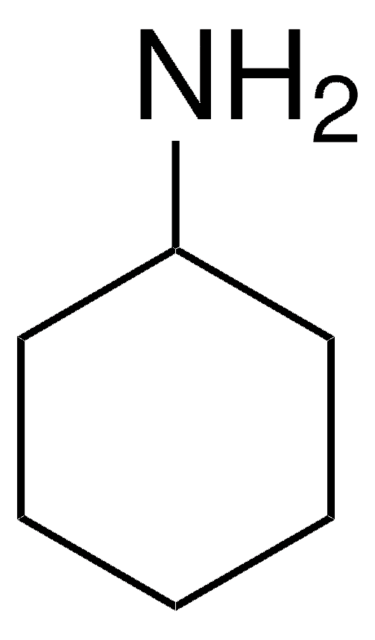

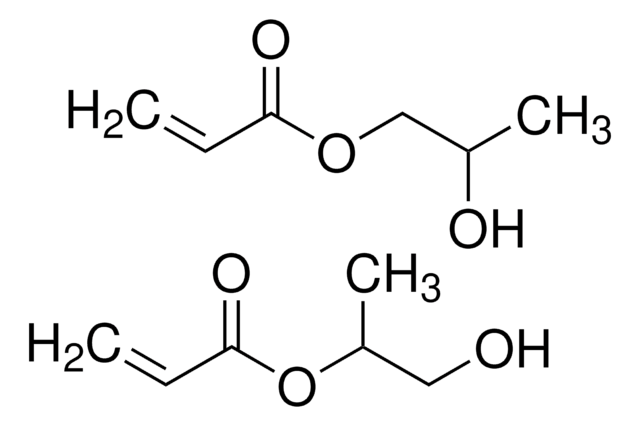

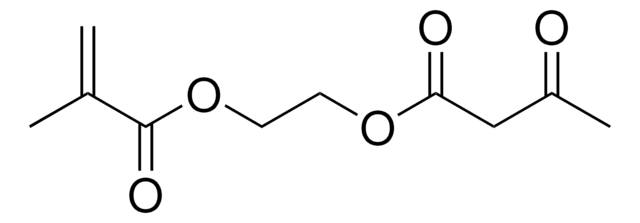
![Bis[2-(methacryloyloxy)ethyl] phosphate](/deepweb/assets/sigmaaldrich/product/structures/128/336/4e7a3e38-338c-423e-95b8-70d9d1f8e121/640/4e7a3e38-338c-423e-95b8-70d9d1f8e121.png)

